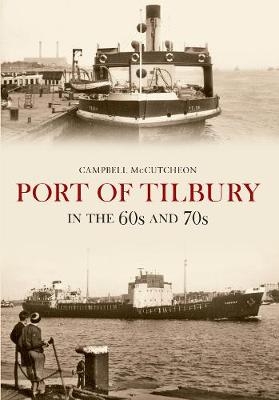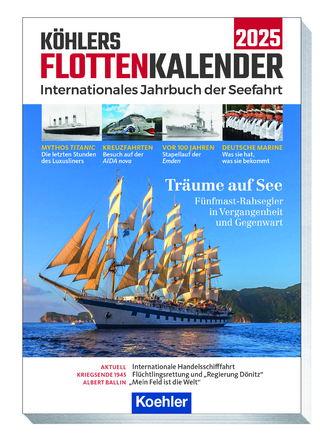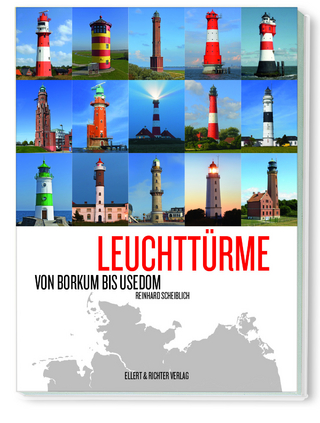
Port of Tilbury in the 60s and 70s
Seiten
2013
Amberley Publishing (Verlag)
978-1-4456-2279-8 (ISBN)
Amberley Publishing (Verlag)
978-1-4456-2279-8 (ISBN)
The loss of London's docklands saw a shift in trade down river to Tilbury. Campbell McCutcheon looks at the two decades that saw Tilbury expand and grow into the port it is today.
The 1960s saw a gradual movement of shipping from central London and the quays, wharves and docks of the upper River Thames down river to Tilbury and Harwich. There was a managed closure of the dock system west of Tilbury and between the early 1970s and 1980s, the Surrey Commercial, India & Millwall Docks and the Royal Docks all closed down. Down river, Tilbury was booming still, with expansion to cater for container ships and a still-burgeoning passenger traffic from the Tilbury Landing Stage. Tilbury embraced containerisation, which had been the death knell of the upper docks, and has continued to expand. The Landing Stage was a busy place to spot passenger ships, from Greece, Italy, Scandinavia, the USSR and Britain itself. Nowadays, the Port of London, comprising primarily Tilbury and Harwich docks, is still Britain's second busiest cargo port. Campbell McCutcheon takes us on a tour of the docks in Tilbury, and the Landing Stage, and shows us the ships that called in the days immediately prior to the great containerisation boom of the 1970s and 1980s. The previously unpublished images show Tilbury at its zenith, and the transition from passenger travel to cruising, and from general cargo shipping to container ships, as well as the loss of the ferries that once called regularly at the port from Sweden, the Netherlands and France.
The 1960s saw a gradual movement of shipping from central London and the quays, wharves and docks of the upper River Thames down river to Tilbury and Harwich. There was a managed closure of the dock system west of Tilbury and between the early 1970s and 1980s, the Surrey Commercial, India & Millwall Docks and the Royal Docks all closed down. Down river, Tilbury was booming still, with expansion to cater for container ships and a still-burgeoning passenger traffic from the Tilbury Landing Stage. Tilbury embraced containerisation, which had been the death knell of the upper docks, and has continued to expand. The Landing Stage was a busy place to spot passenger ships, from Greece, Italy, Scandinavia, the USSR and Britain itself. Nowadays, the Port of London, comprising primarily Tilbury and Harwich docks, is still Britain's second busiest cargo port. Campbell McCutcheon takes us on a tour of the docks in Tilbury, and the Landing Stage, and shows us the ships that called in the days immediately prior to the great containerisation boom of the 1970s and 1980s. The previously unpublished images show Tilbury at its zenith, and the transition from passenger travel to cruising, and from general cargo shipping to container ships, as well as the loss of the ferries that once called regularly at the port from Sweden, the Netherlands and France.
Campbell McCutcheon has had a life-long interest in the Olympic-class vessels and naval shipping. He has written extensively on the subject along with some Military History and Bradshaw’s Railway titles for Amberley. He lives in Gloucestershire, but he was born within sight and sound of the water and has been interested in ships from a young age.
| Erscheint lt. Verlag | 15.10.2013 |
|---|---|
| Zusatzinfo | 229 Illustrations |
| Verlagsort | Chalford |
| Sprache | englisch |
| Maße | 165 x 234 mm |
| Gewicht | 314 g |
| Themenwelt | Sachbuch/Ratgeber ► Geschichte / Politik ► Regional- / Landesgeschichte |
| Natur / Technik ► Fahrzeuge / Flugzeuge / Schiffe ► Schiffe | |
| ISBN-10 | 1-4456-2279-3 / 1445622793 |
| ISBN-13 | 978-1-4456-2279-8 / 9781445622798 |
| Zustand | Neuware |
| Haben Sie eine Frage zum Produkt? |
Mehr entdecken
aus dem Bereich
aus dem Bereich
internationales Jahrbuch der Seefahrt
Buch | Softcover (2024)
Koehler in Maximilian Verlag GmbH & Co. KG
23,95 €


